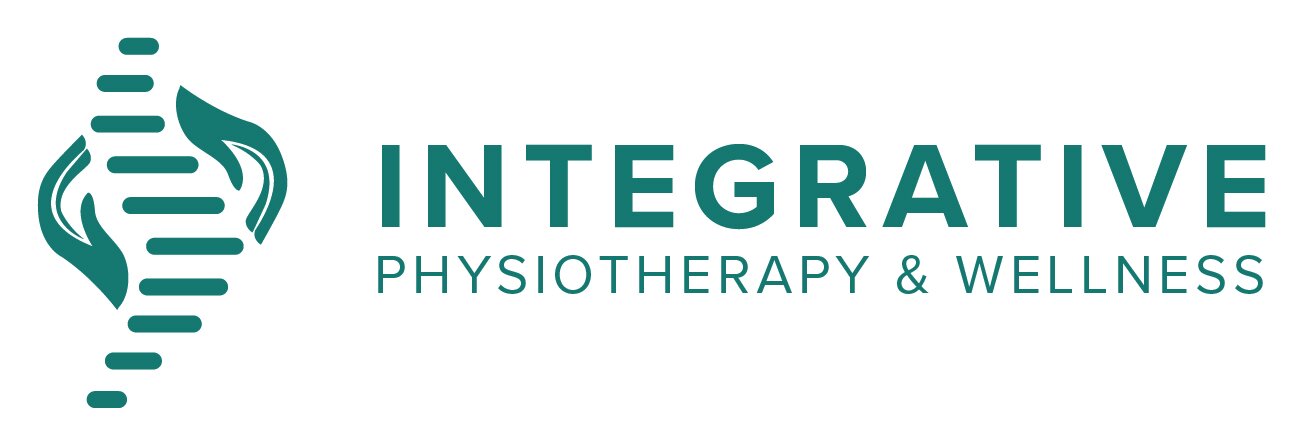DeQuervain’s Tenosynovitis
What is this DeQuervain’s Tenosynovitis
DeQuervain’s tenosynovitis, which is also known as DeQuervain’s syndrome is characterized by pain, swelling, and tenderness over the dorsal aspect of the wrist at the radial styloid process (Base of the thumb). This pain can start from the radial forearm up to the thumb. The Abductor Pollicis Longus (APL), Extensor Pollicis Brevis (EPB), and overlying extensor retinaculum are affected structures in this condition.
Just like any other tenosynovitis, in this syndrome, the extensor retinaculum gets thickened and subsequently results in stenosis/narrowing of the canal from which APL and EPB pass.
Causes and risk factors:
Tissue overuse/Repetitive activities with thumb and wrist, such as knitting, skiing, using tools repetitively, or playing the piano.
Degeneration
Women>Men
Age: 20-45 years
Non-dominant hand>Dominant hand
Pregnancy, after delivery
Lifting baby frequently
Presentation:
Wrist pain on the thumb side
Difficulty in completing functional tasks, such as lifting their child, or holding a newspaper.
Localized swelling on the thumb side of the wrist
Weakness in grip strength
Less commonly, burning and numbness
Diagnostic procedure:
Two special tests are commonly used for diagnosis: Finkelstein’s test & Eichoff’s test.
Though according to research, both of these tests demonstrate high rates of false positives. So, the Diagnostic Screening Tool for DeQuervain’s tenosynovitis suggests that a reliable diagnosis should include at least 5 positive tests:
Positive Finkelstein’s test
Local swelling
The extensor retinaculum thickening
An absence of ganglion cyst
Tenderness at the distal radio-ulnar joint (The thumb side of the wrist).
Treatment:
Treatment for DeQuervain’s syndrome can be either conservative or surgical, depending on the severity of the condition. In either approach, Physiotherapy plays a major role in rehabilitation. Physiotherapy treatment for this condition includes:
- Manual Therapy: Soft tissue release
- Splinting/taping: Thumb spica, K-Tape
- Activity modification: Ergonomic changes at the workplace
- Exercises: Tendon gliding, AROM, Eccentric and concentric strengthening
- Electrotherapeutic modalities including therapeutic ultrasound
Written by: Anjali Patel. Registered Physiotherapist Resident. Orthopaedic Physiotherapist. Concussion Management
Integrative Physiotherapy is a Barrie-based clinic that believes in a one-on-one patient-centered, manual therapy (hands-on) approach to physiotherapy. We aim to empower our patients by providing quality care that is personalized to each patient in an interactive and friendly manner. Through the use of the best available treatment techniques, we aim to provide exceptional care so that each patient feels engaged and motivated.
Our therapists are continually upgrading their skills and taking time to provide comprehensive assessment and treatment techniques that are always one on one without the use of assistants or double booking patients to make sure that you achieve your functional and sports goals as soon as possible.
Our therapists would be happy to help you to achieve your goals, get in touch to schedule your appointment. Don’t let pain ruin your day!

